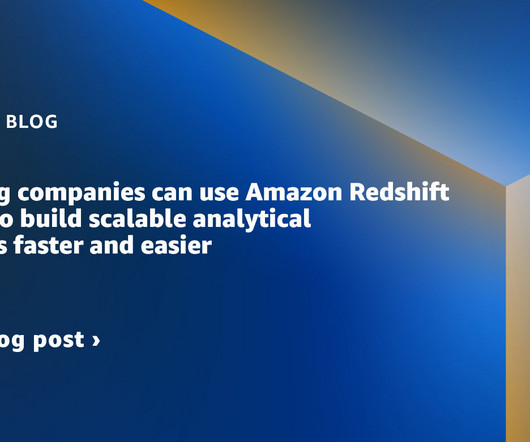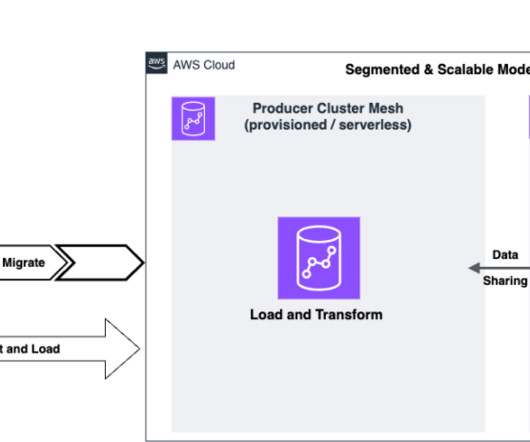The Enterprise AI Revolution Starts with BI
Jet Global
APRIL 2, 2019
Many of the features frequently attributed to AI in business, such as automation, analytics, and data modeling aren’t actually features of AI at all. Thankfully, with widespread adoption of cloud computing and the Internet of Things, data has never been more readily available in today’s business world.














Let's personalize your content